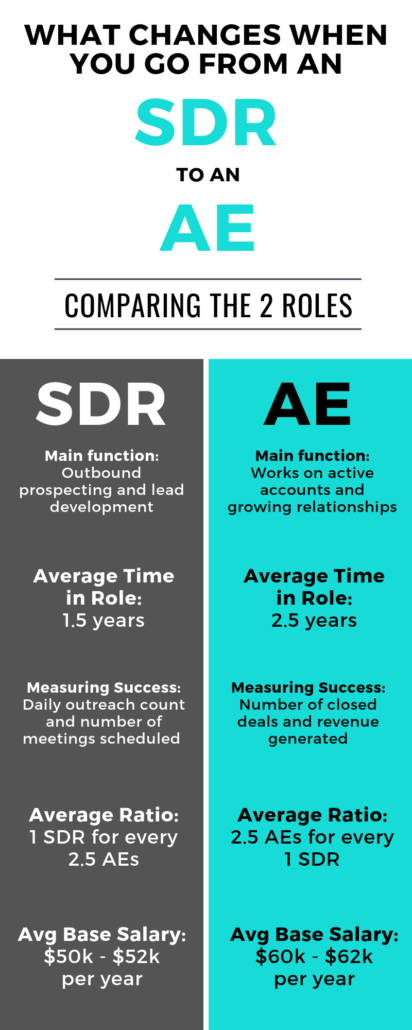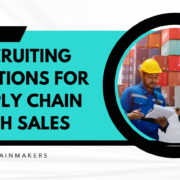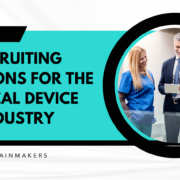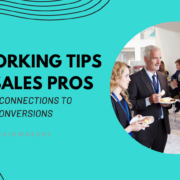The Progression of Sales Development Rep to AE

SDR to AE
In any sales organization, there needs to be at least two things: a funnel of leads brought in by Sales Development Reps and a team of Account Executives to manage new clients once they come on board.
Historically, a single sales rep handled the entire spectrum of the software sales process. Still, as time progressed, the industry realized the value and efficiency of Henry Ford’s idea of specialization of labor. As a result, the responsibilities held initially by that single sales rep were naturally broken up into three leading roles: Sales or Business Development Representatives, Account Executives, and Customer Success Managers.
Let’s take a quick dive into each of these roles to help you better understand what they’re responsible for.
Starting with the Sales or Business Development Representative, often written by the acronyms SDR or BDR.
Role of an SDR
The SDR is responsible for the very early stages of a sales cycle. Their responsibility is to filter through various conversations and pass the opportunities most ready to make a buying decision on to an Account Executive (AE), so they can contract out the proper terms and close business.
Depending on the company, product, and go-to-market (GTM) strategy, this role can be two flavors. For example, some organizations may have both inbound and outbound SDRs, while others may have just one.
Most organizations I’ve seen or heard about that have both an inbound and outbound SDR team structure often start newly hired reps as inbound reps and promote them to outbound reps after a bit of time in the role due to the difference, like conversations when speaking with an inbound lead as opposed to reaching out to one cold.
Inbound leads already have a business initiative and seek information from vendors to solve a business challenge or pain. However, outbound leads are often unsolicited and have much less patience in dealing with a sales rep unless they can quickly find their product relevant to the prospect’s business or role world. Therefore, a successful outbound SDR will need to have the ability to think fast on their feet along with a masterful understanding of their company’s product to handle any objections that come their way.
Should someone be highly successful in mastering the responsibilities of proficiently sourcing new business opportunities, they’re commonly presented with the option of moving into a role either as an Account Executive or Customer Success Manager. This also depends highly on the organization’s specific needs to grow and support its product. Take a moment to understand your organization and its requirements better if you are at this stage in your career and looking for a promotion before starting that conversation with management.

Role of an AE
As mentioned before, the role of an Account Executive is to engage with prospects who are ready to near a purchasing decision and provide the necessary information and assistance to the evaluation team. From this, they can conclude that the account becomes a “Closed Won” business for that organization.
Though this may sound simple, many nuances to this last-mile stretch of the software sales cycle need careful attention to detail for a successful outcome. Companies hardly ever purchase without due diligence. As a result, deals are often competitive, even more so if your company competes in a highly crowded space.
Account Executives need to effectively understand the needs of their prospects to illustrate how their solution is best suited to alleviate those challenges. There are also often proof of concepts (POCs) that need to be taken care of to validate the value of a given product which requires a rep to expand their skill sets. Great Account Executives must be prepared to be great project managers and salespeople, particularly those dealing with consultative sales cycles.
And, of course, the actual closing of the deal is no small feat. As a result, multiple potential headaches are waiting in the weeds of conversation as details around pricing and terms are agreed upon by both sides.
Once this process has been run through its cycle and the company has been informed they are the chosen vendor, the account will ultimately be brought to a Customer Success Manager (CSM).

Role of a Customer Success Manager
The job of a CSM, as their title suggests, is to ensure the customer’s success with the company’s product or services. Depending on the organization, a CSM may go by other titles such as Account Manager or something else. Still, as a whole, they are responsible for ensuring the customer is happy with the use and value of the product and maintaining the relationship such that the customer will choose to renew once the original contract’s term has lapsed.
The clear distinction between the AE and CSM roles is that the former is responsible for bringing in new business while the latter is responsible for retaining existing business.
If a company has various product lines or product tiers, which is very often the case with software organizations, cross-sell and up-sell opportunities can also come into play. This essentially refers to getting customers to buy additional products or upgrade their contract to a higher tier. Again, this responsibility typically falls under the role of either the AE or CSM at the discretion of the company’s leadership team.
Moving from SDR to AE
If you are looking to break into this line of work or are already in the early stages of being in the trenches, this should give you a fair understanding of what to expect as you move forward with your career.
Based on some analysis done by the Rainmakers team, the average duration for an SDR could be expected to be about 1.5 years, with an average salary of $50-55K per year. On the other hand, the average salary of an AE or CSM will typically be in the range of $60-80K per year. This, however, refers primarily to your base salary.
SDRs should generally expect to make additional commissions based on performance against their quota, which is commonly measured in meetings set or opportunities qualified. In addition, AE’s and CSMs typically get a percentage of the deals they close. Depending on the deal size at your organization, this payout can vary widely but should outpace your earning potential as an SDR.
Whether you are an SDR looking to move up within the organization or are already an AE, you can always set yourself up for continued success by going the extra mile with tasks, being efficient with time, having a little grit, and adding your personal touch.
For more knowledge and insights on the software sales industry and tips on getting ahead in sales, subscribe to the Rainmakers blog and stay tuned for future posts.
You can also start your journey or progress your career by finding a job with Rainmakers. Apply now!










